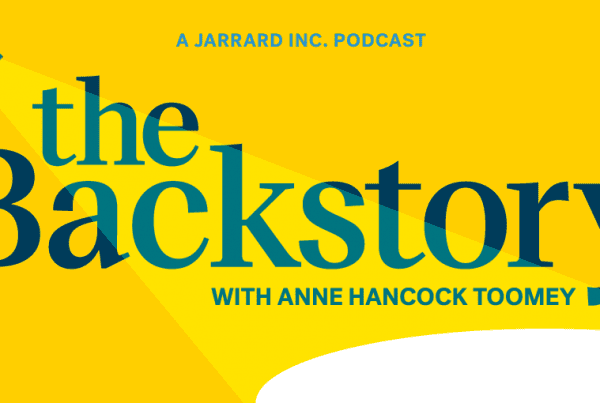The Big Story: Why Private Equity Needs to Invest More in Talent Development
“Private equity investors realize that the times have changed.…they understand that, ‘Yeah, things like employee engagement, the values of the organization, the culture of the organization really matters.’ And it’s never been more true than it is today with the war for talent.” – Ted Bililies, AlixPartners
Transitioning from Pure Financial Focus to “Employee Value Proposition”
By Sheila Biggs
3-minute read
The healthcare talent struggle persists throughout the healthcare ecosystem. Hospitals, for one, have been doggedly grappling with recruitment and retention for decades. According to a 2023 survey by NSI, turnover for one bedside RN costs a hospital $52,350 on average. With the average turnover rate at 22.7 percent, that means hospitals are losing between $6.6 million to $10.5 million on average every year.
“In 2024, operational success will largely hinge on how well hospitals recruit and retain employees,” Fitch concluded in a Modern Healthcare article last week.
Strategic-thinking health services companies – often backed by private equity firms – are also looking at ways to attract and keep the right talent. Taking a page from successful health systems, these strategies may look different because of the different healthcare settings, but they are in principle the same: engage team members, practice company values and build/foster its culture with intention.
“In short, it used to be all about the financials,” said Ted Bililies, partner and manager director of AlixPartners in a recent HBR IdeaCast podcast. “Now it’s about the people.”
Take a look at today’s evolving healthcare investing landscape.
Interest rates are high. Large-sized deals are low. Competition is fierce. Of the deals still in play, many are platform driven and specialty rollups, which can cause serious integration challenges due to clashing cultures. The old PE playbook of strictly looking for operational efficiencies, while keeping an eye fixed on the exit door is, well, the old playbook. Portfolio companies are now longer-term investments and consequently, requiring other means of creating value with the existing asset – such as the need to optimize and develop leaders and teams.
This new playbook involves a different set of characters, namely Millennials and Gen Zers, who represent about half of today’s workforce. Cohorts who like money but also seek purpose and value in their work. They seek connectivity, culture that meshes with their beliefs and positive impact, if you will.
With the average length of portfolio company ownership extending to, say, seven years or more, investors need to ensure they have the right talent at the proverbial table to lead teams well beyond operational efficiencies, they need talent that can inspire.
“It’s the people, it’s the talent, it’s the strategic management of that talent that historically has been very neglected, kind of shockingly neglected, but is now becoming more into view,” added Bililies.
In this space, the most successful healthcare organizations are paying attention to three areas, and more portfolio companies are following suit. Those areas are employee engagement, employee value proposition (EVP) and organizational culture. Here are two examples of doing it right:
Employee Development and EVP
It’s important to help team members see themselves on a journey and to position them in the center of your vision for talent. .
Make it personal: Today’s CHROs are getting creative in how they help employees understand their career paths and what it takes to develop the leadership skills needed to rise in the ranks. For example, a fast-growing PPM company based in Florida had transformative aspirations for a leadership development roadmap. They created a custom-built, web-based program where employees could access the personalized resources, tools and information needed to become leaders within the organization. More than 3,800 users accessed the site in a single month.
Organizational Culture
The most expedient route to the hearts and minds of your people is through the culture you foster.
Start from the bottom: In a climate marked by high turnover and burnout, a national specialty services organization recognized the need to refocus and reenergize its workforce of more than 7,500 employees across 32 states. Its leaders codified and recast the company’s culture and established a sustainability plan that demonstrated their seriousness for creating/protecting culture. When leaders believe, employees believe. Evidenced by a 20 percent increase in employee retention within three months of launch, the organization’s intentional and focused efforts continue to impact employee satisfaction – and the bottom line.
While PE, in general, has not always been seen as favorable in media headlines, there are plenty of PE-backed healthcare organizations doing the right things and focusing on their people. They’re focused on value, talent and investing in smart, meaningful strategies for the team to make healthcare better while achieving the returns they desire.
Contributors: Emme Nelson Baxter, Hollie Adams, Ellis Metz, Luke Levenson
Image Credit: Shannon Threadgill



